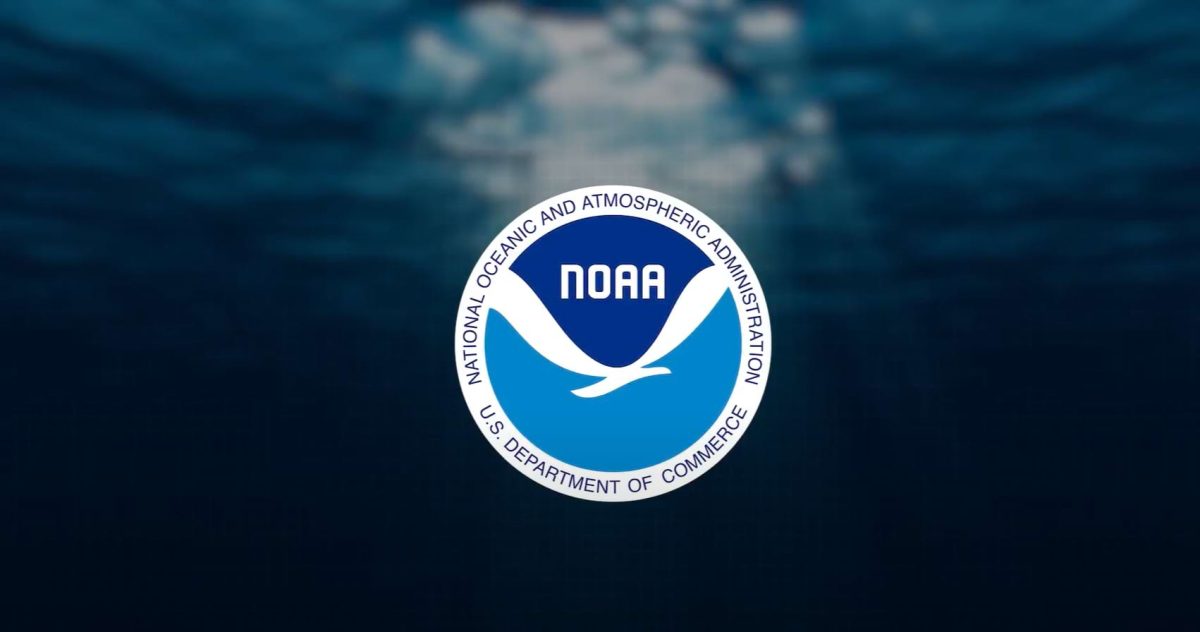
Courtesy: National Oceanic and Atmospheric Administration
The Trump administration’s proposed budget for 2026 includes sweeping cuts to the National Oceanic and Atmospheric Administration, threatening the core climate research and disaster forecasting capabilities that Texas and the broader Gulf Coast depend on.
According to internal documents obtained by CNN, these budget cuts would slash NOAA’s research budget by up to 75 percent. This would eliminate the organization’s climate science division, shutter weather and climate labs, and potentially cripple hurricane forecasting and coastal resilience efforts.
If Congress approves these cuts, they will derail efforts to monitor climate change, track marine ecosystems, and issue accurate storm forecasts. Programs such as the Texas Sea Grant at Texas A&M University, which supports marine research and outreach, also face funding extinction.
The National Ocean Service and the National Marine Fisheries Service are also on the chopping block. Together, they provide the science behind sustainable fishing and marine conservation in the Gulf of Mexico. Texas’ commercial seafood industry and fishing tourism—worth an estimated $1.7 billion—depend on the data these agencies produce about fish populations, ocean temperatures, and ecosystem health.
The proposed budget would also eliminate NOAA’s Office of Education, which supports nationwide science, technology, engineering and math initiatives. Meanwhile, satellite programs that provide essential climate monitoring may be defunded altogether. NASA’s collaboration on next-generation weather satellites could end as part of this shift.
In addition to gutting research, the Trump Administration’s plan would restructure NOAA to prioritize fossil fuel development. Core functions of NOAA’s fisheries office would be transferred to the Department of the Interior’s U.S. Fish and Wildlife Service under a new directive to “unleash American energy.”
Ahead of congressional approval, the Trump Administration has already begun trimming NOAA’s workforce. As many as 1,300 NOAA employees—roughly 10 percent of the agency’s workforce—were reportedly let go in February, including dozens of National Weather Service meteorologists responsible for forecasting in cities like Houston.
“First, this makes the country less safe. Full stop,” wrote Houston-based meteorologist Matt Lanza in a post on X. “[National Weather Service] offices were operating with staffing constraints… They are now operating doubly so. This is going to lead to stress, burnout, risk for miscues, and critical tools breaking.”
These cuts also threaten the future of satellite programs that underpin storm tracking. NOAA’s Geostationary Extended Observations satellite system, developed with NASA, is now in limbo. Climate-monitoring instruments aboard these satellites could be downscaled or eliminated.
All of this comes just months after NOAA posted record-breaking accuracy in hurricane forecasting. According to preliminary 2024 data, NOAA’s hurricane models outperformed global computer systems in predicting storm paths and intensities. That progress may stall or even reverse if climate research and data collection are interrupted.
Former NOAA Administrator Rick Spinrad warned during a virtual news conference that the job cuts and lab closures would compromise hurricane forecasting moving forward.
“NOAA’s ability to forecast hurricanes is based on the input from all components of NOAA, so the research gets compromised. That means the models will not improve,” Spinrad said. “But also, don’t forget that one of the most important aspects of NOAA’s improved capability for predictions of hurricanes is the data that NOAA collects from the hurricane hunters and the observations at sea… The data that are collected from those ships and airplanes most likely will not be as abundant, and so the quality of the forecast is likely to go down to some degree.”
Congress has yet to approve the budget, and opposition is expected from both Democrats and some coastal Republicans. But early signs suggest preliminary layoffs and program reductions could start before any vote is cast.
The Trump administration argues that the budget cuts are part of a broader effort to streamline the government and save taxpayer money. NOAA’s budget would fall from $6.1 billion in 2025 to $4.5 billion in 2026—a savings of less than $5 per American. For coastal communities, however, the cost of lost research, weaker forecasts, and compromised marine ecosystems could be far higher.